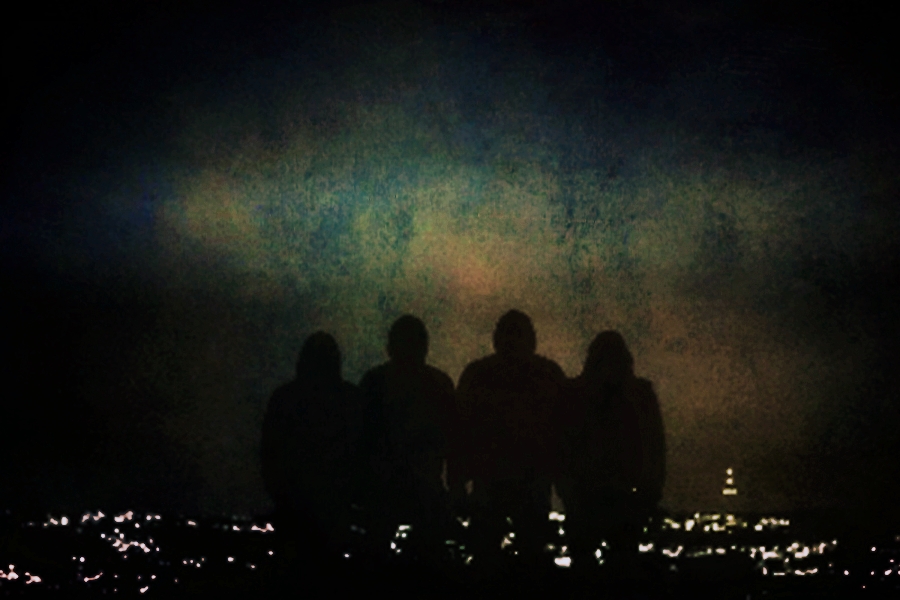My first real exposure to doom metal and black metal came from necessity. I’ve always enjoyed thrash – or what the kids these days would probably call dad metal (Slayer, Exodus, Testament, etc.) – but that’s closer to punk. The necessity came from gaming in the late ’90s—specifically, Id Software’s Doom. I wanted to make the run-and-gun gore fest even more hellish, so I replaced the midi soundtrack with the gnarliest metal I could get my hands on!
Those humble video game memories came rushing back when listening to Fentanyl, the latest record from Morast.
Like many of the bands I randomly come across in those days, I don’t know much about Morast. Since they’re a metal band, I did my obligatory “Better make sure this artist isn’t a right wing racist bootlicker before publishing coverage at this publication research. And they passed! Judging by the lyrics, a majority of their work seems to be about pain, pessimism, and the darkness of one’s very soul. Those are all the proper ingredients to make up a solid Black Metal album, if you ask me!
Morast wastes absolutely no time letting you know Fentanyl won’t be a pleasant listen.
From the discordant tension in the opening melody to the guttural wail in the vocals, “Of Furor And Ecstasy” is a marathon of misery and torment. The following track, “Aratron” (which I assume references the Olympian spirit who can turn any living creature into stone) kicks things up a few notches with its cinematic choir verses. “Walls Come Closer” begins with an industrial dirge before revisiting the larger-than-life scope of “Aratron”. Things take an even darker turn in “A Thousand More” with what sounds like spoken-word verses by Lucifer himself! “Akasha” picks things up with more of the tension found in the opening track, and the album comes to a close with the 8-minute opus, “On Pyre”.
With 6 songs clocking in at 34 minutes, Morast makes the most of their time. There are no drawn-out spaces of atmosphere or ominous samples of dialogue to push a narrative. No, the tension and horrors found in Fentanyl are organic and driven by their execution.
The most remarkable element of Fentanyl is how much atmosphere Morast builds without a lot of sonic real estate.
There are no intricate guitar solos or indulgent drumming patterns. No distorted bass lines or symphonic vocals. To be honest, none of the songs are complex compositions. Most of the tracks move back and forth with minimal chord changes. But the combination of misery, pain, and destitution makes those minimal chord changes feel closer to the footsteps of a monster moving ever closer to the listener.
The production is claustrophobic but just enough to get under your skin. All of these avenues lead to a single path that tells you that once this proverbial monster reaches you, it’s over. No fighting, kicking, or screaming will help against your perilous fate.
Regardless if Fentanyl is about Olympic gods, Lovecraftian horror, or even the depressing epidemic of its namesake, Morast has crafted a record you feel in your chest more than you hear in your ears. It’s a record that makes you feel alone and injured, physically and spiritually as you stand up against an onslaught of Hell’s army. Sure, it could work as the perfect soundtrack to a Doom 64 playthrough, but maybe it’s the soundtrack to doom itself?
Fentanyl is available on Van Records as well as Morast’s Bandcamp.


